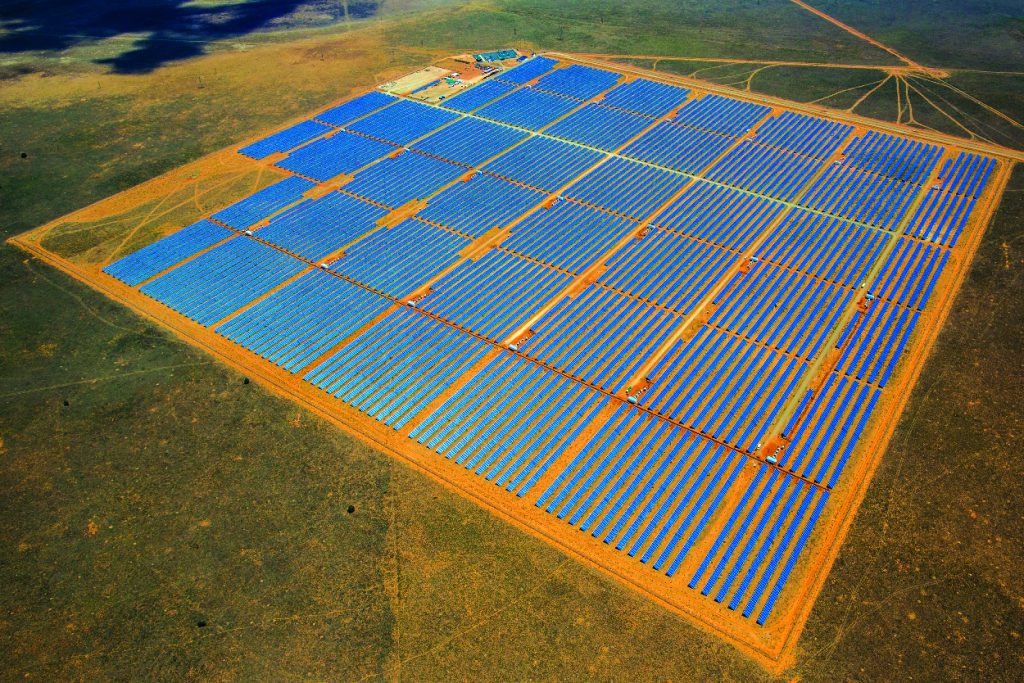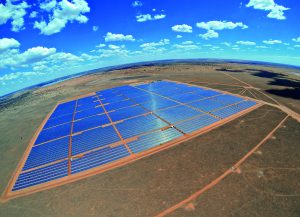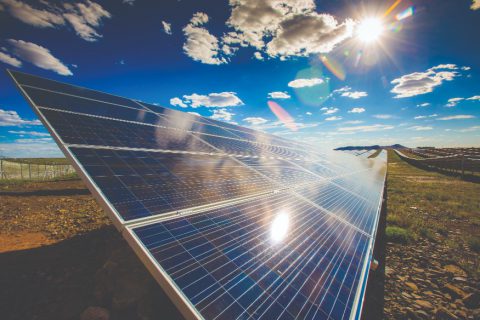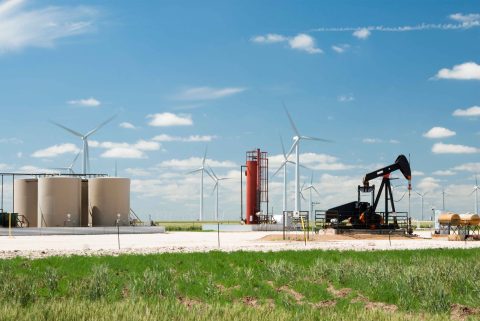CSI
The Value Of Public-Private Partnerships
Uplifting communities is at the heart of public-private partnerships (PPPs) in South Africa, as well as the broader African context. To be able to finance a large number of infrastructure projects to meet the development needs of growing populations, many African governments are increasingly turning to innovative financing structures. One such finance mechanism is the use of PPPs, which sees government joining forces with the private sector to achieve certain development goals.
South Africa has a number of PPPs, and National Treasury regulates these partnerships. South African law defines a PPP as “a contract between a public-sector institution/municipality and a private party, in which a private party assumes substantial financial, technical and operational risk in the design, financing, building operation of project”.
In a bid to further promote equality in the country, these partnerships are often tied to black economic empowerment (BEE). In effect, such a commitment to economic upliftment is part of corporate social investment (CSI). When bidding for projects or seeking partnerships with the public sector, companies are evaluated on their commitment to help government achieve its development agenda, as set out in the National Development Plan.
Clearly government cannot tackle the country’s development agenda on its own. It’s vital that government links up with private operators who will help share the load through socio-economic programmes – while being given enough space to chase after profits.
Successful PPPs in South Africa
The Gautrain rapid rail link project
When it first glided into stations in 2011, the Gautrain revolutionarised the way Gauteng residents used public transport.
With private operators who will help share the load through socio-economic programmes – while being given enough space to chase after profits.
It was the first-ever rapid rail system for Africa and the first-ever world-class public transport system for Gauteng. The world- class rail system has helped to ease traffic congestion between Johannesburg and Pretoria, as well as make travel to and from OR Tambo International Airport more bearable.
In the Gautrain PPP project, the Gauteng Provincial Government is the public-sector partner; the Bombela Concession Company is the private-sector partner. Due to the Gautrain being a PPP, it has to comply with all the requirements for PPPs in the Public Finance Management Act. This includes an approved feasibility study and a specific procurement process, with specific authorisations laid out by the PPP unit of National Treasury.
Gautrain’s concession agreement with the provincial government makes provision for the appointment of an independent socio-economic monitor (ISEM). The ISEM, appointed jointly by the Gauteng Province and the Bombela mandated to ensure that the concessionaire complies with its contracted socio-economic obligations throughout the partnership.
The socio-economic development strategy of the Gautrain project includes: the participation of black people, in particularly black women, in the entities created for the project; participation of black empowerment entities and small, medium and micro-sized enterprises in procurement and sub-contracting,
Concession Company, is thereby enhancing the use of local content and labour; participation by historically disadvantaged individuals, particularly women, in management; contributing to employment equity; and a human resources development strategy, which includes a women’s learnership and mentorship programme.
The renewable energy independent power producer procurement programme
Another example of a successful PPP is South Africa’s Renewable Energy Independent Power Producer Programme.
(REIPPP). In 2010, the Department of Energy launched the programme to enhance South Africa’s power- generation capacity. This involves encouraging companies to generate power independently using renewable techniques. Government then buys this power for Eskom. In the end, ordinary South Africans benefit from a reliable power output.
Brought about by the country’s electricity development strategy, which aims to achieve a more balanced energy mix that includes more gas and renewable power, the programme has been hailed for the speed of its roll-out, as well as its relative transparency in terms of financing and procurement.
For energy companies wishing to be a part of the programme, commitments to socio-economic development are key, unlike other renewable-energy programmes in many parts of the world.
The primary five categories are: education and skills development; social welfare; healthcare; general administration; and enterprise development.
The Droogfontein Solar Power project is one of the beneficiaries of the REIPPP. Located in the Sol Plaatje Municipality in the Northern Cape, Droogfontein is one of the first solar power projects in South Africa.
The project occupies about 100 hectares of land leased from the Droogfontein Communal Property Association.
The facility generates electricity using 168 720 photovoltaic panels and feeds a 132kV Eskom distribution system. Droogfontein Solar Power has signed a 20-year power purchase agreement with Eskom, as well as an implementation agreement with the Department of Energy. The project generates 85 458MWh per year, supplying enough clean, renewable electrical energy to power more than 19 000 South African homes.
Through economic development, the creation of procurement and employment opportunities and the development of a local community trust, the solar farm is invested in the communities in its vicinity.
One of the solar farm’s key areas is education. To this end, Droogfontein Solar Power has funded a three-year bursary programme, which is implemented in partnership with the Department of Education. Over the past two years, more than R580 000 has been spent on an early childhood development (ECD) programme.
The funding makes allowance for 20 ECD Grade R practitioners to study for a Diploma in Early Childhood Development NQF Level 6 at the North West University.
Loeriesfontein wind farm
Education is also a key focus area for Loeriesfontein Wind Farm, an independent power producer situated in the Hantam Municipality in the Northern Cape. The farm is currently under construction, but when complete, it will have 61 99m-high wind turbines erected on 3 453ha of agricultural land, and will feed into a 132kV Eskom distribution system.
When operating at full capacity, the Loeriesfontein Wind Farm is expected to generate 563 500MWh renewable energy per year, supplying electricity to power up to 120 000 South African homes.
Throughout the construction process, the farm will employ many people from the local community, and the involved contractors aim to procure goods and services locally wherever possible.
The Loeriesfontein Wind Farm has launched a teacher-support programme to alleviate the burden of overcrowded classrooms in Grade 1 and Grade 3. The farm will fund the salaries of two foundation phase teachers at Loeriesfontein Primary School for three years.
The need for additional teachers was identified during a school visit last year. It was obvious that classroom facilities and teachers were stretched way beyond capacity. Overcrowded classrooms, where more than 50 learners where in attendance, meant that both learners and teachers were struggling to cope.
Overcrowding negatively affects learners’ academic outcomes as well as teacher morale. “In previous years, there was a sufficient number of classrooms, but they stood vacant,” says Christo Loots, project manager of Loeriesfontein Wind Farm. “Now, due to the upgrades at the school and the additional teachers, classes are more conducive toward learning.”
Why PPPs are favoured for Black Economic Empowerment
While public-private partnerships (PPPs) are important for achieving the goals of the National Development Plan, they can contribute to the overall ideal of creating a free and fair society based on equality, which ties in with government’s black economic empowerment (BEE) goals.
Below are a few key features of PPPs that make them inherently well-suited for achieving BEE objectives.
- The long-term nature of PPPs provides an opportune instrument to grow black equity and black management over the long term.
- The formation of private consortia in the form of special-purpose vehicles (SPVs) for many PPPs facilitates long-term beneficial partnerships between new black enterprises and experienced, resourced companies.
- Where government is the buyer of a service, there is a steady revenue stream to the private party, reducing risk to new black enterprises.
- Principal equity sponsors in a PPP are often also first-tier subcontractors, building incentives for optimal risk management.
- PPPs provide significant subcontracting opportunities for black enterprises, where early cash- flow benefits can be derived.
- PPPs have far-reaching broad- based BEE potential – through the subcontracting and procurement mechanisms, they can involve a full spectrum of large, medium and small enterprises, and bring tangible local economic development benefits to targeted groups of people.
- Return on equity to the private party is competitive.
- There is an increasingly strong demand for black professionals as transaction advisers to both institutions and private parties in PPPs.






 Sign-up and receive the Business Media MAGS newsletter OR SA Mining newsletter straight to your inbox.
Sign-up and receive the Business Media MAGS newsletter OR SA Mining newsletter straight to your inbox.